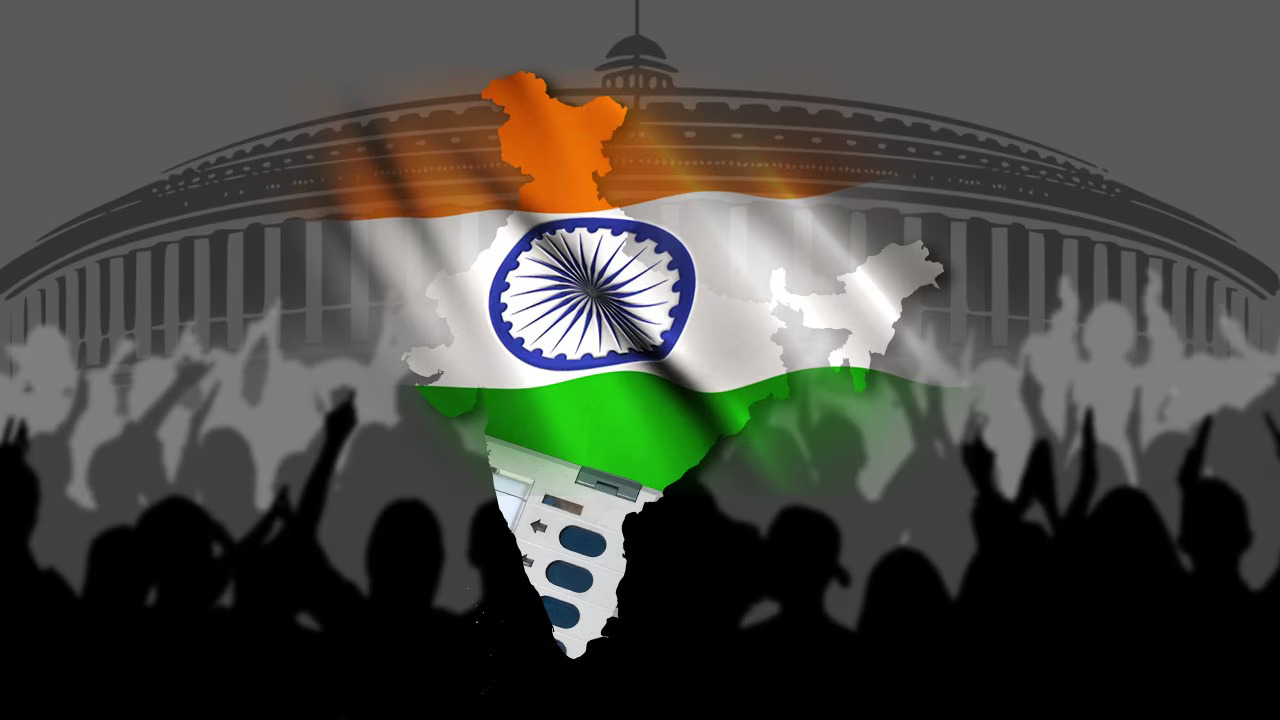Parliament and State Legislatures—Structure, Functioning, Conduct of Business, Powers & Privileges and Issues Arising out of these;Salient Features of the Representation of People’s Act.
In News:‘One nation, one election will be implemented in the current term’
Critically evaluate the pros and cons of holding simultaneous elections to the Lok Sabha and the State Assemblies.
The proposal to hold simultaneous elections for the Lok Sabha and State Assemblies in India has garnered significant attention in recent years, particularly following the establishment of a High-Level Committee in September 2023 to explore its feasibility.
Advantages of Simultaneous Elections:
- Cost savings: Holding simultaneous elections can lead to significant cost savings for the government, political parties, and candidates.In 2024 Lok Sabha elections – Rs 1.35 lakh crore has been spent.
- Improved Governance: The constant campaign mode can distract governments from policy implementation and governance. Additionally, the Model Code of Conduct, enforced during elections, restricts new announcements by the Centre and State governments, further impacting policy implementation.
- Administrative Efficiency: Elections divert administrative resources and attention to election management. Simultaneous polls would free up these resources for more consistent governance
- Reduced Social Polarisation: Frequent elections lead to polarising campaigns that intensify social divisions. Simultaneous elections would reduce the frequency of these campaigns, potentially easing social tensions
However, there are also significant issues that surround such proposals both from democratic and constitutional perspectives.
- Constitutional Hurdles: Implementing simultaneous elections requires amending several articles of the Constitution, including those governing the duration and dissolution of the Lok Sabha and state assemblies. This is a complex process requiring consensus
- Impact on Federalism: Simultaneous elections could lead to national issues overshadowing regional ones, affecting the representation of state-specific concerns. It may reduce the importance of state elections and impact the federal structure.
- Reduced Accountability: Facing the electorate more frequently enhances the accountability of politicians. Simultaneous elections every five years may limit the electorate’s ability to provide regular feedback, impacting policy responsiveness.
- Logistical Challenges: Aligning the fixed tenure of both Lok Sabha and state assemblies is complex, especially when governments lose majority or seek early dissolution. The Election Commission has highlighted the need for substantial budget increases for EVMs, VVPATs, and warehousing costs.
While simultaneous elections offer potential benefits, the challenges are significant. A middle ground could be to conduct Lok Sabha and half the state assembly elections together, followed by the rest after two and a half years. Also inclusive dialogue and gaining consensus among political parties can help address complexities while upholding democratic and federal principles.
| PYQ‘: Simultaneous election to the Lok Sabha and the State Assemblies will limit the amount of time and money spent in electioneering but it will reduce the government’s accountability to the people’ Discuss. 2017 |

